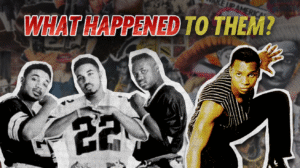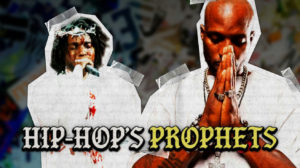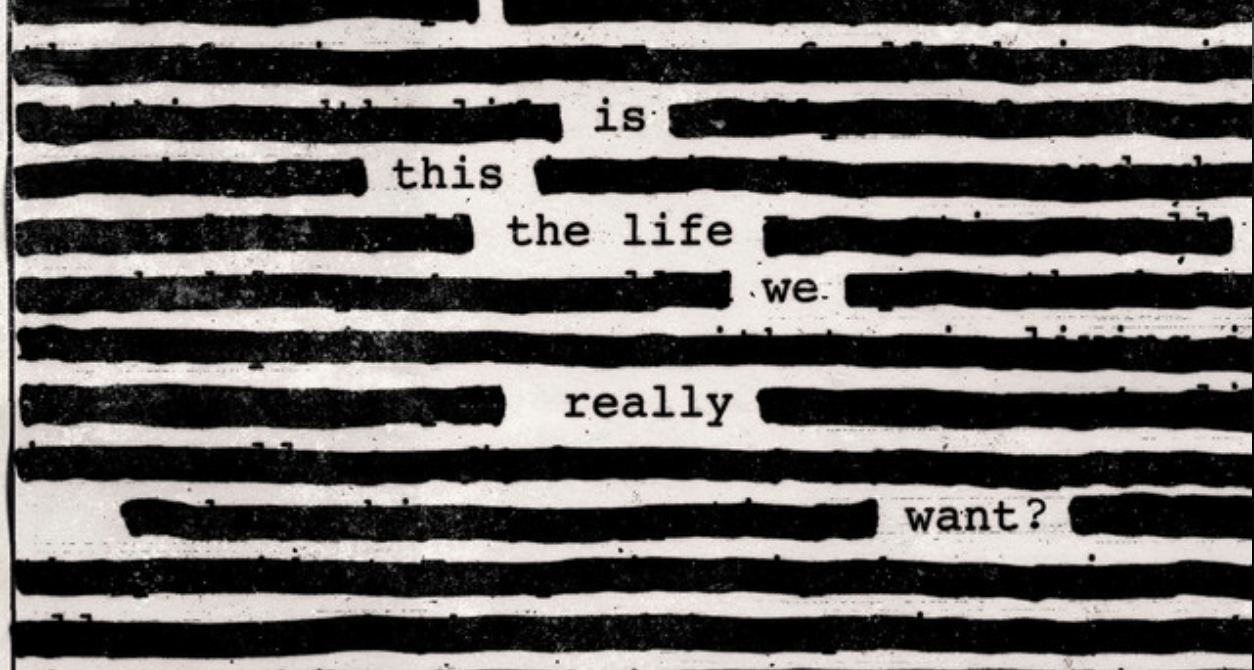
The 1980s produced some of music’s most unforgettable lightning-in-a-bottle moments. These artists captured something magical—a perfect storm of synthesizers, attitude, and pure pop chemistry that dominated radio for months before vanishing into the cultural ether, much like the one-hit wonders from the ’80s that still resonate with listeners.. Yet their influence lingers like reverb in an empty stadium, with these tracks collectively generating over 2 billion streams across platforms. Each song on this list represents more than fleeting fame; they’re sonic time capsules that still make you stop scrolling when they hit your playlist.
10. Devo – “Whip It”

Devo descended from Akron like alien anthropologists studying human behavior through the lens of robotic funk. “Whip It” takes their conceptual art-rock and distills it into three minutes of MTV-ready weirdness that somehow became a massive hit. The synthesizer stabs cut through conventional pop like a scalpel through bubble wrap.
Mark Mothersbaugh’s vocals deliver motivational absurdism over Gerald Casale’s mechanical groove, creating something that works as both dance track and philosophical statement. Those energy dome hats weren’t just costumes—they were protective gear for minds operating on frequencies most humans couldn’t access. Devo made being strange look like the most natural thing in the world.
9. When in Rome – “The Promise”

That piano intro still sends chills down spines like ice water in July. When in Rome crafted a dramatic ballad that sounds like it was recorded in a cathedral during an emotional breakdown. Clive Farrington and Andrew Mann’s dual vocals create a conversation between hope and desperation, while synthesizers provide atmospheric support worthy of a John Hughes soundtrack.
The song nearly stayed locked in a vault—label executives couldn’t decide if it was too weird or too normal. Instead, it became a cult favorite that resurfaces whenever someone needs the perfect soundtrack for dramatic introspection. “The Promise” proves that sometimes the best pop songs emerge from the spaces between genres.
8. Twisted Sister – “We’re Not Gonna Take It”

Dee Snider’s battle cry against authority figures everywhere arrived with enough attitude to fuel a teenage rebellion and enough hooks to ensure radio play despite the controversy. “We’re Not Gonna Take It” transforms adolescent rage into anthemic gold, complete with guitar riffs that could demolish parental expectations. The production hits harder than a sledgehammer through a television screen.
The song became ammunition in the PMRC censorship battles, proving that sometimes the most effective protest music comes wrapped in undeniable melodies. Snider’s vocals carry conviction that can’t be manufactured—this is genuine frustration transformed into three-chord revolution. Some anthems age gracefully; others remain forever ready to start fights with authority figures.
7. Tom Tom Club – “Genius of Love”
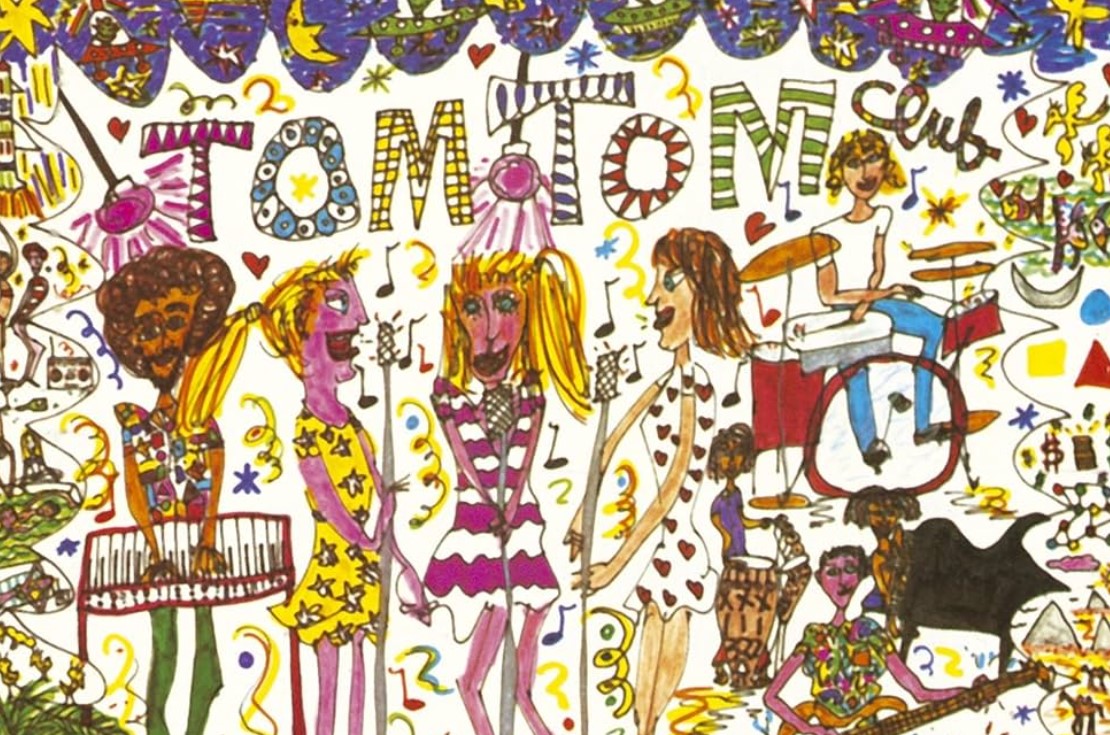
Chris Frantz and Tina Weymouth stepped away from Talking Heads’ art-rock intensity to create something irresistibly playful. “Genius of Love” bounces along on a rhythm track that’s been sampled more times than a vintage Amen break, spawning everything from Mariah Carey hits to underground hip-hop classics. The bassline alone launched a thousand careers.
Weymouth’s bass work provides the foundation for decades of musical innovation, while the track’s laid-back Caribbean influences predicted world music’s mainstream breakthrough. Every time you hear that distinctive groove in a contemporary song, you’re experiencing Tom Tom Club’s enduring DNA spreading through musical generations like beneficial mutations, as detailed in Tom Tom Club’s official band history. The song’s infectious energy has even inspired reinterpretations, as heard in the acoustic guitar covers of 80s megahits, which showcase how timeless melodies from this era adapt to new styles and arrangements.
6. Frankie Goes to Hollywood – “Relax”

BBC banned it. Parents clutched pearls. Kids cranked it louder. “Relax” arrived like a sonic molotov cocktail thrown directly at 1984‘s conservative sensibilities, wrapped in the most irresistible dance beat this side of a Manchester warehouse rave. Trevor Horn’s production turns sexual tension into pure kinetic energy.
The controversy only amplified its power—nothing sells records like moral panic from authority figures. Holly Johnson’s vocals swagger over layers of synthesized rebellion, creating an anthem that dared listeners to move their bodies without shame. Decades later, “Relax” still sounds dangerous enough to start a dance revolution in any room with adequate bass response.
5. Dexys Midnight Runners – “Come on Eileen”

Kevin Rowland’s Celtic soul explosion sounds like a traditional folk song fed through a particle accelerator and emerged as pure pop joy. “Come on Eileen” combines violin, accordion, and unbridled enthusiasm into something that makes entire crowds sing along before they realize what’s happening. The energy is absolutely infectious.
Those fiddle parts shouldn’t work in a pop context, but they anchor the song like emotional gravity. Rowland’s vocals convey such genuine excitement that resistance becomes impossible—you will sing along, you will smile, and you will understand why this became Britain’s biggest-selling single of 1982. Some songs just demand participation, as shown by the Dexys Midnight Runners chart history.
4. Soft Cell – “Tainted Love”
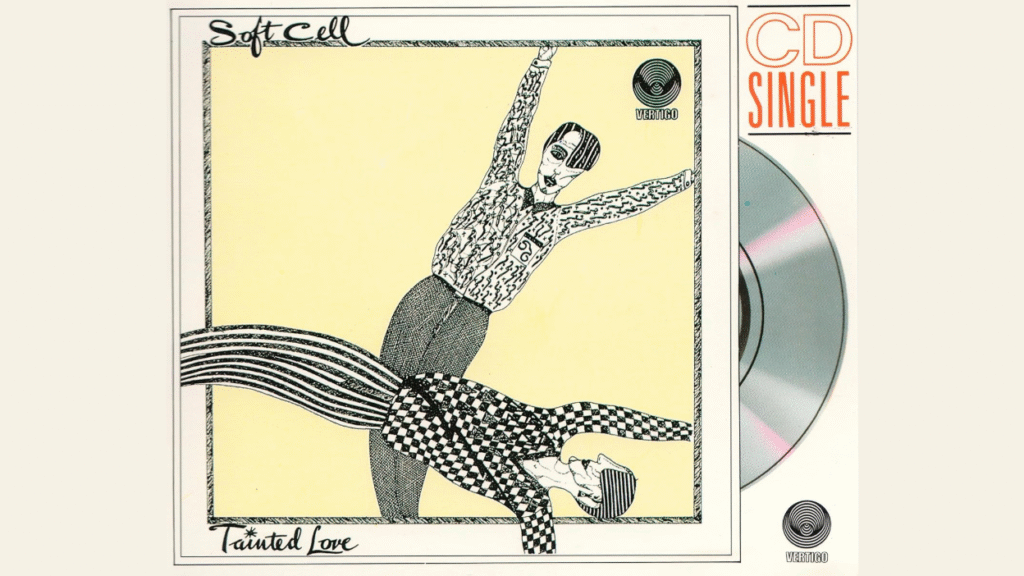
Marc Almond and Dave Ball took Gloria Jones’s 1965 soul ballad and fed it through a Moog synthesizer until it emerged as something entirely new. This isn’t just a cover—it’s musical alchemy that transforms heartbreak into dancefloor catharsis. The drum machine pounds like a mechanical heart refusing to stop beating.
That bassline hits harder than unexpected feelings for your ex. Almond’s tortured vocals convey genuine pain while Ball’s electronics provide the perfect sonic distance from raw emotion. “Tainted Love” proved that sometimes the best way to honor the past is to completely reimagine it—a lesson not lost on The Weeknd, whose “Blinding Lights” channels similar 80s synth energy for modern audiences, as chronicled in the Soft Cell band biography.
3. The Fabulous Thunderbirds – “Tough Enough”

Jimmie Vaughan’s guitar tone could cut glass and melt hearts simultaneously. While his brother Stevie Ray was reinventing blues for the rock generation, Jimmie kept the flame burning with roadhouse intensity that never compromised its authenticity. “Tough Enough” swaggers like a honky-tonk hero with nothing left to lose and everything to prove.
The rhythm section locks down a groove tighter than a perfectly fitted vintage Telecaster neck, while Vaughan’s leads slice through the mix with surgical precision. This isn’t museum blues—it’s living, breathing music that proves Texas guitar magic transcends any single decade or trend.
2. Kajagoogoo – “Too Shy”
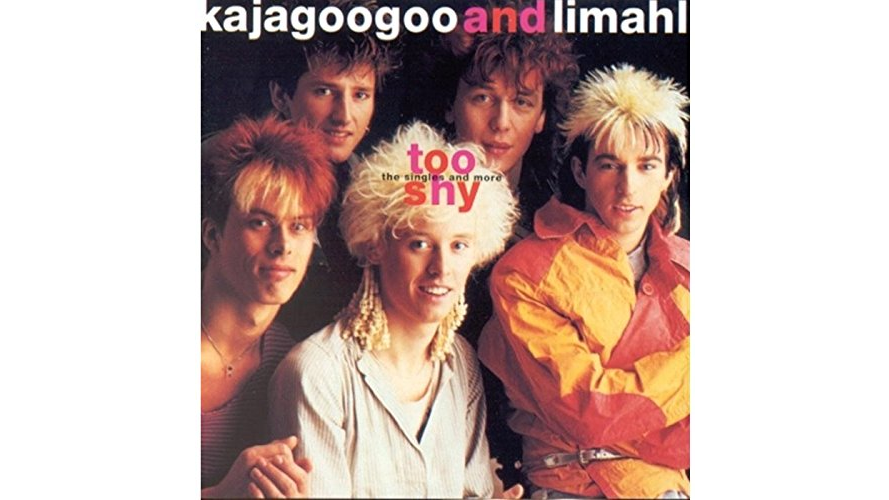
Limahl’s falsetto cuts through Trevor Horn’s pristine production like neon through fog. “Too Shy” sounds like the future as imagined from 1983—all cascading synths and robotic precision wrapped around a melody that refuses to leave your head. The bass line alone could power a small city’s worth of school dances.
Horn, fresh off his work with Yes and Buggles, crafted something that feels both clinical and emotional. When that iconic intro kicks in, you’re transported to a world where hairspray defies gravity and everyone owns at least three synthesizers. Kajagoogoo may have imploded faster than a bad remix, but “Too Shy” remains a masterclass in new wave perfection, as recounted in the Kajagoogoo band biography.
1. Dazz Band – “Let It Whip”

Funk survived disco’s death by evolving, and Ohio’s Dazz Band delivered the proof with a groove so infectious it earned them a Grammy. “Let It Whip” wraps classic R&B songcraft around 1980s production polish, creating something that works equally well at block parties and roller rinks. The bass practically bounces off your speakers.
Skip Martin’s vocals ride the pocket like a master drummer, while the band locks into a rhythm tighter than vintage Levi’s. This track bridges the gap between Parliament-Funkadelic’s cosmic explorations and the slick urban contemporary sound that would dominate the mid-80s. Some grooves are simply eternal—this is one of them.




